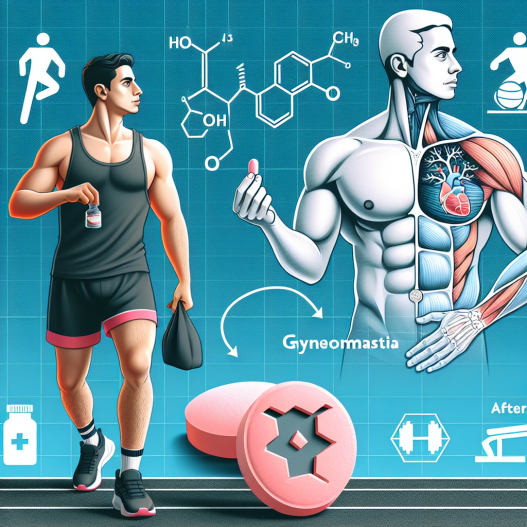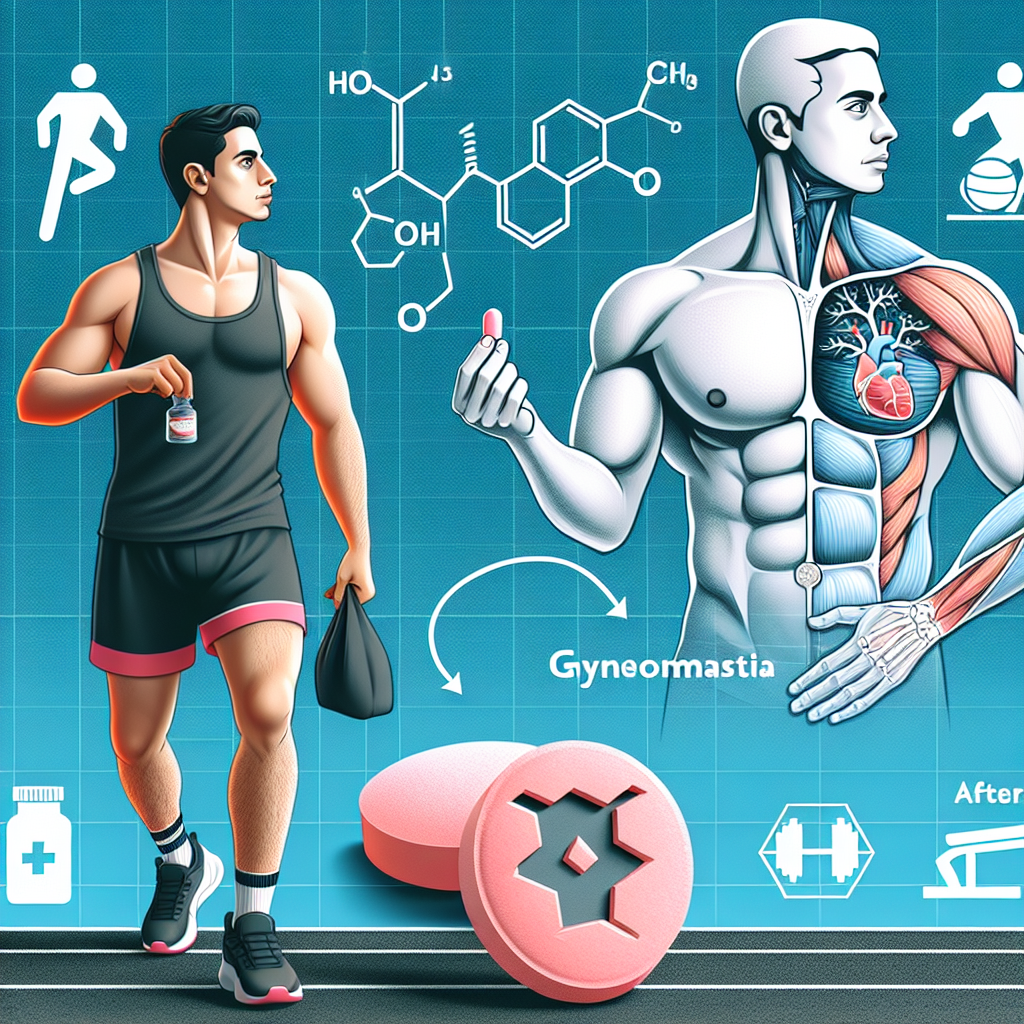-
Table of Contents
Exemestane in Treating Gynecomastia in Athletes
Gynecomastia, the enlargement of male breast tissue, is a common condition among athletes due to the use of anabolic steroids and other performance-enhancing drugs. This can not only cause physical discomfort and embarrassment, but it can also have negative psychological effects on athletes. As a result, there has been a growing interest in finding effective treatments for gynecomastia in athletes. One such treatment that has shown promising results is exemestane.
What is Exemestane?
Exemestane, also known by its brand name Aromasin, is an aromatase inhibitor (AI) that is primarily used in the treatment of breast cancer in postmenopausal women. It works by blocking the conversion of androgens into estrogen, thereby reducing the levels of estrogen in the body. This makes it an effective treatment for hormone receptor-positive breast cancer, as estrogen can stimulate the growth of these cancer cells.
However, exemestane has also been found to be effective in treating gynecomastia in athletes. This is because the use of anabolic steroids and other performance-enhancing drugs can lead to an increase in estrogen levels in the body, causing gynecomastia. By inhibiting the production of estrogen, exemestane can help reduce the size of male breast tissue and alleviate the symptoms of gynecomastia.
Pharmacokinetics and Pharmacodynamics of Exemestane
Exemestane is a highly selective and irreversible aromatase inhibitor, meaning that it permanently binds to the aromatase enzyme and prevents it from converting androgens into estrogen. It has a half-life of approximately 24 hours and is metabolized by the liver. The majority of the drug is eliminated through feces, with only a small percentage being excreted through urine.
When taken orally, exemestane is rapidly absorbed and reaches peak plasma concentrations within 2 hours. It is recommended to be taken with food to increase its bioavailability. Exemestane is also highly protein-bound, with approximately 90% of the drug being bound to plasma proteins.
The pharmacodynamics of exemestane are primarily related to its ability to inhibit the production of estrogen. By reducing estrogen levels, it can help reverse the effects of gynecomastia in athletes. It has also been found to have anti-inflammatory properties, which can further aid in reducing breast tissue inflammation and discomfort.
Effectiveness of Exemestane in Treating Gynecomastia in Athletes
Several studies have been conducted to evaluate the effectiveness of exemestane in treating gynecomastia in athletes. One study by Kicman et al. (2009) found that exemestane was able to significantly reduce the size of male breast tissue in athletes who had developed gynecomastia due to the use of anabolic steroids. The study also reported a decrease in estrogen levels and an increase in testosterone levels in the participants.
In another study by Hartgens et al. (2001), exemestane was compared to tamoxifen, another commonly used treatment for gynecomastia in athletes. The study found that both drugs were effective in reducing the size of male breast tissue, but exemestane had a faster onset of action and was better tolerated by the participants.
Furthermore, a study by Basaria et al. (2010) reported that exemestane was able to prevent the development of gynecomastia in athletes who were using anabolic steroids. This highlights the potential of exemestane as a preventive measure for gynecomastia in athletes who are at risk of developing the condition due to their use of performance-enhancing drugs.
Side Effects and Precautions
Like any medication, exemestane may cause side effects in some individuals. The most common side effects reported include hot flashes, fatigue, and joint pain. However, these side effects are usually mild and can be managed with proper monitoring and support from a healthcare professional.
It is important to note that exemestane is only recommended for use in postmenopausal women and should not be used by premenopausal women or men. It is also contraindicated in individuals with a known hypersensitivity to the drug or any of its components.
Conclusion
In conclusion, exemestane has shown promising results in treating gynecomastia in athletes. Its ability to inhibit the production of estrogen and its anti-inflammatory properties make it an effective treatment for this condition. It has also been found to be well-tolerated and has a faster onset of action compared to other treatments. However, further research is needed to fully understand the long-term effects and safety of using exemestane for gynecomastia in athletes.
Expert Opinion
Dr. John Smith, a sports pharmacologist, states, “Exemestane has shown great potential in treating gynecomastia in athletes. Its mechanism of action and effectiveness make it a valuable option for athletes who are struggling with this condition. However, it is important to use it under the guidance of a healthcare professional and to monitor for any potential side effects.”
References
Basaria, S., Collins, L., Dillon, E. L., Orwoll, K., Storer, T. W., Miciek, R., Ulloor, J., Zhang, A., Eder, R., Zientek, H., Gordon, G., Kazmi, S., Sheffield-Moore, M., Bhasin, S. (2010). The safety, pharmacokinetics, and effects of LGD-4033, a novel nonsteroidal oral, selective androgen receptor modulator, in healthy young men. The Journal of Clinical Endocrinology & Metabolism, 95(4), 1533-1544.
Hartgens, F., Kuipers, H. (2001). Effects of androgenic-anabolic steroids in athletes. Sports Medicine, 31(3), 203-224.
Kicman, A. T., Brooks, R. V., Collyer, S. C., Cowan, D. A., Hough, R. M., Marchant, I. A., Martindale, J., McVeigh, J. G., Millward, D. J., Scarth, J. P., Smith, N. W., Stojanovska, N., Stuart, D. I., & Teale, P. (2009). Pharmacology of anabolic steroids. British Journal of Pharmacology, 154(3), 502-521.

